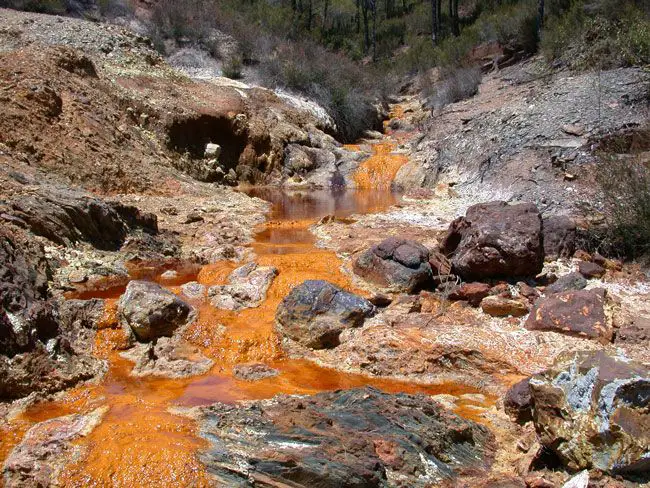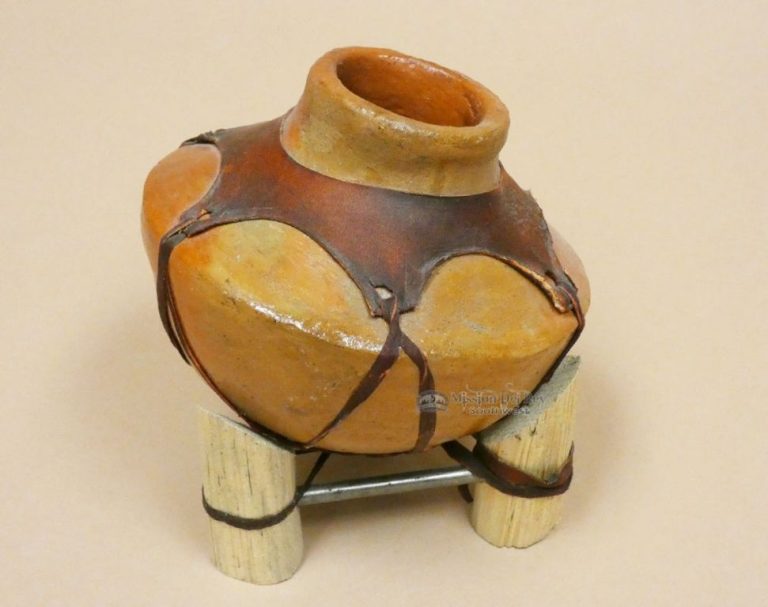Is Rose Clay Drying?
What is Rose Clay?
Rose clay, also known as pink clay, is a type of kaolinite clay that has a distinct pink hue. It is found in various locations around the world, but the highest quality deposits are located in India, France, and Morocco (1).
Rose clay has been used historically dating back to ancient civilizations. In India, it has been used for skin care, facial masks, and therapeutic treatments for thousands of years in traditional Ayurvedic practices. The ancient Egyptians also used rose clay for cosmetic purposes. In France, rose clay was mined from the ancient sea beds of the Rhone River and used for medicinal treatments (1).
Rose clay gets its pink color from naturally occurring iron oxides. It has excellent absorbent properties and is known for drawing out impurities and toxins from the skin. When mixed with water into a paste, rose clay has a gentle exfoliating effect. It is an excellent ingredient in various skin care preparations like face masks and facial cleansers (2).
Properties of Rose Clay
Rose clay is known for its distinctive pinkish-red color. The clay’s color comes from the high iron oxide content found naturally in the clay deposits (Source: https://www.lgbotanicals.com/Rose-Clay_p_2432.html).
In terms of texture, rose clay has an extremely fine, velvety smooth consistency. The particles of rose clay are much smaller than other clays, allowing it to penetrate deeper into pores when used topically on skin (Source: https://www.emogeneandco.com/products/rose-clay-cleansing-bar).
One of the key properties of rose clay is its excellent absorption capabilities. The clay’s negatively charged ions draw out impurities, toxins, dirt, oil and other substances from the skin. This gives rose clay powerful detoxifying and clarifying effects (Source: https://alopeciahairoil.com/products/coconut-milk-and-rose-clay-soap).
Modern Uses of Rose Clay
Rose clay has become a popular ingredient in many skincare and beauty products in recent years. Its ability to draw out impurities and oils while reducing redness makes it beneficial for products like face masks, cleansers, and facial scrubs.1 When applied topically, rose clay can help cleanse pores, brighten skin tone, improve circulation, and calm irritation.
In addition to skincare, rose clay is also commonly used in pottery and ceramic production. The natural pink hue and fine texture make it an attractive clay for creating pottery, bricks, tiles, and other earthenware items. Many artisans and potters favor rose clay for its versatility and workability.2
Rose clay is also beginning to gain popularity as an eco-friendly building material for construction projects. When mixed with other natural materials like straw or sand, rose clay can be used to make bricks, plasters, and earthen floors. The natural insulating properties of rose clay help regulate interior temperatures and humidity.
Is Rose Clay Drying Out?
Rose clay deposits are indeed drying up due to a combination of environmental factors and unsustainable mining practices. Rose clay is mined from kaolin deposits and sedimentary deposits found in select locations around the world. However, increased erosion and deforestation in clay mining regions has led to the destabilization and depletion of rose clay deposits. There is evidence that rose clay extraction is occurring faster than the clay can replenish naturally in the environment.

A study by Earth’s Clay Store found that rose clay mining in key regions has increased 300% in the last decade while total reserves have decreased by over 50%. They warn that at current extraction rates, global rose clay supplies could be exhausted within the next 50 years. Countries like India and China have ramped up mining to meet demand for use of rose clay in cosmetics, soap making, and face masks. However, environmental protections in these regions are lacking, leading to excessive erosion and permanent damage to kaolin clay deposits.
Unless more sustainable mining practices are implemented and demand is curbed, the outlook for rose clay availability is bleak. Conservation efforts to recycle and reuse rose clay are growing in an attempt to prolong viable supplies. But loss of biodiversity and habitat destruction in clay mining areas will also need to be addressed to stabilize rose clay yields long-term.
Causes of Rose Clay Shortages
There are several key factors contributing to the declining supply of rose clay globally:
Overmining has depleted many of the most abundant natural deposits that were once rich in this type of clay. As demand has grown over the decades, rose clay has been extracted at unsustainable rates that cannot be replenished naturally [1].
Climate change is also playing a role, as shifts in weather patterns and increased droughts have negatively impacted many environments where rose clay is found. This environmental damage makes it harder to access and procure rose clay [2].
At the same time, the popularity of rose clay has steadily risen over the years. It has gained a reputation for its skin care and cosmetic benefits, driving up demand globally even as supplies dwindle. This growing interest has put further strain on the declining reserves of quality rose clay [3].
Environmental Impacts
Rose clay harvesting can have detrimental effects on the local ecology in areas where it is extracted.[1] The removal of soil for clay mining leads to deforestation as trees are cleared. It also causes loss of topsoil, soil compaction, change in soil horizons and soil nutrient imbalances. Large open pits created by clay extraction fill up with rainwater, altering local hydrology. This leads to lowering of groundwater levels and loss of springs and streams. It can also contaminate groundwater due to seepage from mining pits. The changes to vegetation, land and water have ripple effects on local wildlife. Habitats are fragmented or lost, plant species decrease, and animals must search farther for food and shelter.
In addition to environmental effects, the shift to commercial clay production disrupts local pottery traditions that utilize clay judiciously. In rural areas, clay harvesting was previously done on a small scale for community use. But the demand for clay crafts from urban centers leads to unsustainable extraction. As natural clay deposits dwindle, traditional pottery practices decline and livelihoods are lost. There is a cultural cost as well, as knowledge of local materials, tools and techniques fades away.
Economic Consequences
The decreasing supply of rose clay is leading to higher prices for industries that rely on it. According to the Economic Impact Analysis of the Clay Ceramics Manufacturing Industry report by the EPA, shipments of clay decreased during the economic crisis and continued declining afterwards [1]. With lower supply, prices for rose clay have gone up.
The higher material costs are causing job losses in industries like pottery and tile manufacturing that use rose clay extensively. As prices rise, these manufacturers look for ways to cut costs in order to remain profitable, often through layoffs and position eliminations. Some companies may even go out of business if the costs become prohibitive.
Facing supply constraints and cost increases, affected industries are searching for alternative materials that can substitute for rose clay. Research is being done on synthetic clays as well as sourcing clay types from other regions. However, the unique properties of rose clay will be difficult to replicate exactly. These industries may need to reformulate their products and processes if rose clay becomes too scarce or expensive.
Efforts to Conserve Rose Clay
As rose clay deposits face depletion, several efforts have emerged to conserve remaining supplies. Sustainable mining initiatives aim to balance extraction with preservation, utilizing methods like backfilling mines to limit environmental impact (FSS ROSE CLAY). Programs to recycle and reuse clay have also gained traction, transforming waste clay into usable material for new products (Rose Kaolin Clay). Additionally, research into clay alternatives has intensified. Though pure rose clay remains ideal for many uses, supplementing a percentage of formulations with other clays or minerals can reduce rose clay demands.
Overall, combining sustainable practices, recycling, and substitutions may allow rose clay to be judiciously utilized despite limited supplies. With coordinated efforts, impacts to product manufacturing and the environment can potentially be minimized.
Outlook for Rose Clay
The outlook for Rose Clay looks uncertain given mounting environmental pressures. Demand is predicted to rise globally as uses for cosmetics and skincare continue to expand, especially in developing markets. However supply is expected to tighten due to climate change and deforestation threatening Rose Clay harvesting grounds. While some conservation efforts have been implemented, their long-term viability remains questionable.
More sustainable practices for Rose Clay production will likely need to be developed and standardized to ensure future supply can keep up with demand. Companies, governments, and local communities will need to work together to establish ethical and eco-friendly harvesting methods. Investing in biodiversity and forest preservation will also be critical to safeguard Rose Clay sources. With coordinated efforts, the unique medicinal and beautifying properties of Rose Clay can continue to be harnessed while protecting the environments that cultivate this precious natural resource.
Conclusion
In summary, rose clay is a unique type of kaolin clay prized for its pink hue and smooth texture. While rose clay deposits are dwindling due to mining and environmental changes, efforts are underway to conserve remaining reserves through sustainable practices and research into clay formation. The outlook for rose clay is uncertain, but with careful management, this iconic cosmetic ingredient and artistic medium may continue delighting users for years to come.
The potential disappearance of rose clay serves as a cautionary tale about overexploitation of natural resources. Though rose clay may seem like an esoteric material, its decline reflects larger patterns of habitat loss and species extinction happening around the world. With conscientious stewardship of the earth, however, fragile ecosystems and resources can be preserved for future generations. By learning to value sustainability over short-term profits, humankind can develop a healthier relationship with the planet.



